Description
PiCUS TreeMotion product description
The wind reaction measurement of the TreeMotion Sensor records the swinging movement of trees under real conditions and allows conclusions to be drawn about the anchoring of the roots in the ground. In addition to the properties of the tree, all factors influencing the environment on the wind are taken into account. This allows the stability to be assessed in the actual wind exposure.
A base sensor directly measures the root plate inclination at the base of the trunk. A control sensor measures the inclination at a height of 2 to 3 meters so that the real wind reaction of the tree can be distinguished from sources of interference. The PiCUS TreeMotion Sensor can independently record the measurement for hours, days or weeks. The data evaluation takes place comfortably in the office.
Prerequisites for a successful measurement are gusts of more than 45 km/h and a measurement time of at least 2 hours.
Analyze entire groups of trees at once
Compare the slope values of several neighboring trees,
to efficiently identify individual endangered trees.
Fast and with little effort
A good application of the TreeMotion Sensor is the comparative analysis of groups of trees. Several trees are equipped with sensors at the same time before an expected storm. For example, all trees in an avenue can be tested very quickly with little effort.
PiCUS TreeMotion range of functions:
Sensors: 10 sensors included (also available as a mini kit with 2 sensors to get started)
Accuracy: Inclination measurement accurate to 0.03°
Inconspicuous: Less risk of vandalism due to small sensors (61 mm x 41 mm x 20 mm)
Running time: 2 weeks + integrated charging station that can be used to charge 10 sensors wirelessly
Measuring principle
The measuring principle:
The wind reaction measurement records the dynamic swinging movement of the tree in natural wind. The inclination of the root plate is measured.
The advantage:
The reaction of the tree is measured directly, including all environmental conditions! This includes tree properties (size, crown shape, …), the wind strength and direction, as well as the wind exposure of the tree (mainly buildings and other trees in the area). In contrast to this, in the tensile test (Wessolly & amp; Erb, 1998), which is a tried and tested method for assessing defects in the root area, an artificially generated wind substitute load is introduced into the tree. The relation to the actually occurring natural wind is difficult to estimate because of the environmental effects mentioned above.
Technical details
Technical details
| property |
PiCUS TMS 3 |
PiCUS TMS |
| general |
|
|
| color |
gray |
Black |
| weight |
73 g |
270 g |
| Dimensions |
61 mm x 41 mm x 20 mm |
100 mm x 80 mm x 75 mm |
| Housing protection |
completely water and dust protected |
rain and dust proof |
| min. Lifetime |
5 years |
5 years |
| Measurement |
|
|
| Accuracy of inclination measurement |
0.03 ° |
0.03 ° |
| Measurement interval |
0.05 s (20 Hz) |
0.05 s (20 Hz) |
| Type of inclination measurement |
3D measurement |
2D measurement |
| Orientation of the sensor |
Any |
horizontal alignment |
| Accuracy temperature measurement |
1 ° C |
1 ° C |
| Permissible temperature range |
– 20 – +50 ° C |
– 20 – +50 ° C |
| Energy supply |
|
|
| Battery capacity and runtime (brand new) |
250 mAh; & gt; 14 days |
2900 mAh; & gt; 20 days |
| Battery charge |
wireless |
Micro USB cable |
| Loading time |
approx. 2 h |
approx. 6 h |
| recommended charging temperature |
5 – 35 ° C |
5 – 35 ° C |
| Measurement data memory |
|
|
| Storage type |
internal flash memory |
MicroSD card |
| memory size |
256 MB |
up to 32 GB |
| Storage runtime |
20 days |
& gt; 130 days (1 GB card) |
| Communication |
|
|
| Standby and measurement mode |
Bluetooth Low Energy 4.0 |
Micro USB cable |
| data download |
Bluetooth Classic 2.1 |
SD card reader |
| Operation |
|
|
| TMS activation |
Magnetic pen |
electr. Switch |
| Outdoor control |
BLE-enabled mobile phone (Android, iOS) + TMS 3 app |
electr. Switch |
| Data download and analysis |
PC with Bluetooth Classic + TMS 3 Control software (direct operation of the sensor) |
SD card reader + TMS PC software |
| PiCUS TMS suitcase |
|
|
| Power supply |
230 V AC, 50 Hz (power supply) |
230 V AC, 50 Hz (charger) |
| Number of TMS charging stations |
10 (wireless charging cradles) |
10 (MicroUSB charger) |
| Number of TMS warehouses |
20 |
20 |
| Weight, full (screws, cables, 10 TMS) |
5.5 kg |
11 kg |
| Dimensions |
48 cm x 35 cm x 15 cm |
60 cm x 45 cm x 17 cm |
Most important software features
- Presentation of the raw measurement data (inclination value and direction)
- Function for the identification and analysis of inclination events
- Direct comparison of the inclination measurement values of different PiCUS TMS (typ. basic and control sensor on the same tree)
- Automatic data evaluation and generation of the wind slope curve
PiCUS TMS 3 specific
- App for controlling the PiCUS TMS 3:
- Status display
- Entry of tree data to start a measurement
- Live measurement mode
- Extension of the PC program:
- Automatic reading of the measurement data from the PiCUS TMS 3
- Automatic structuring of all inclination and wind measurement data according to projects (database)
- Direct comparison of the inclination measurements of all PiCUS TMS 3 (which were attached to the same tree)
- Direct comparison of the wind inclination curves of different trees
- Automatic reading and processing of wind measurement data (recorded by the optionally available TMS wind measurement system)



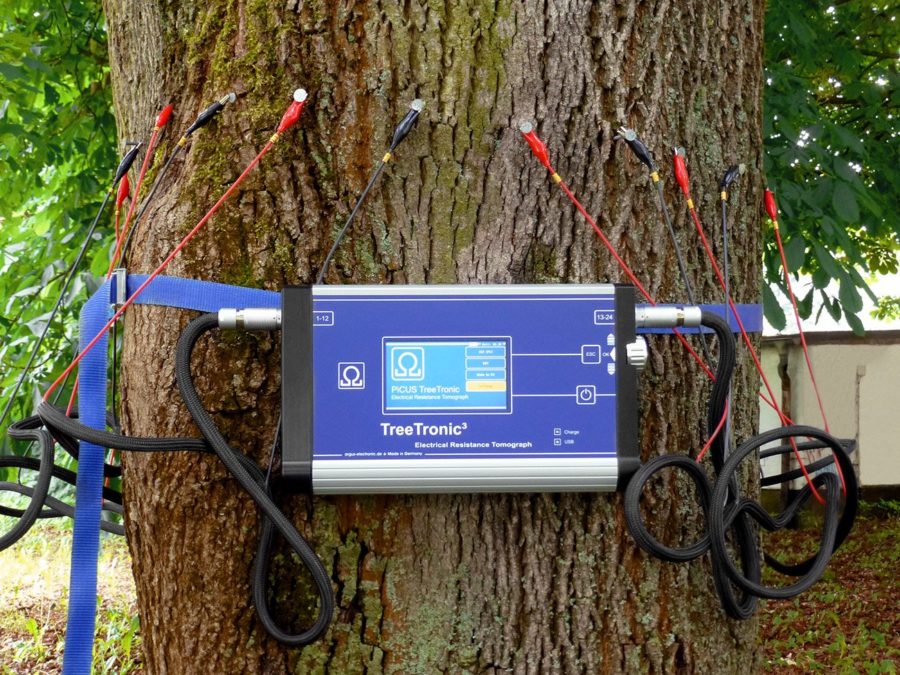
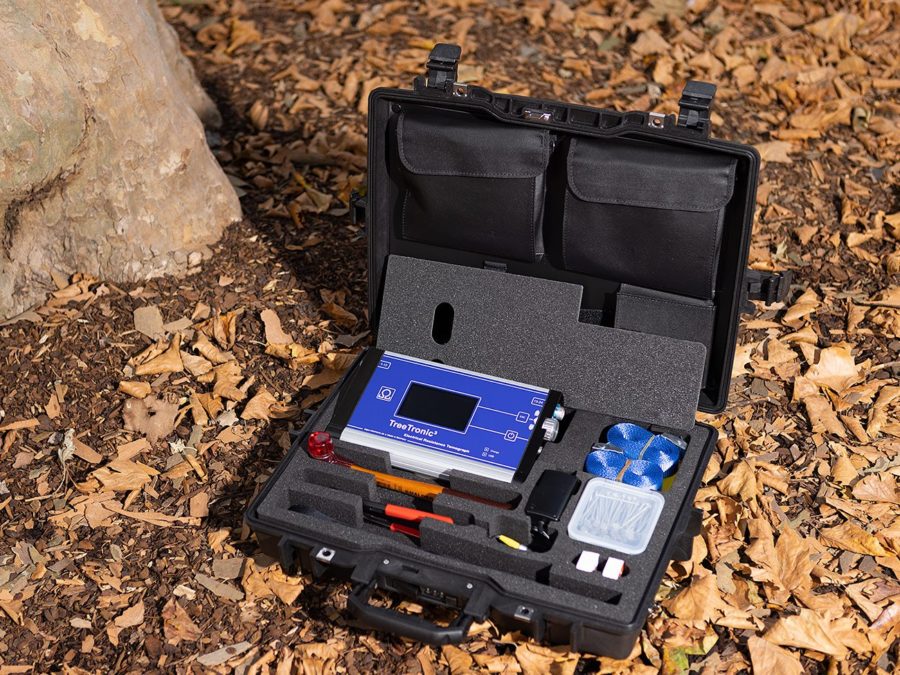
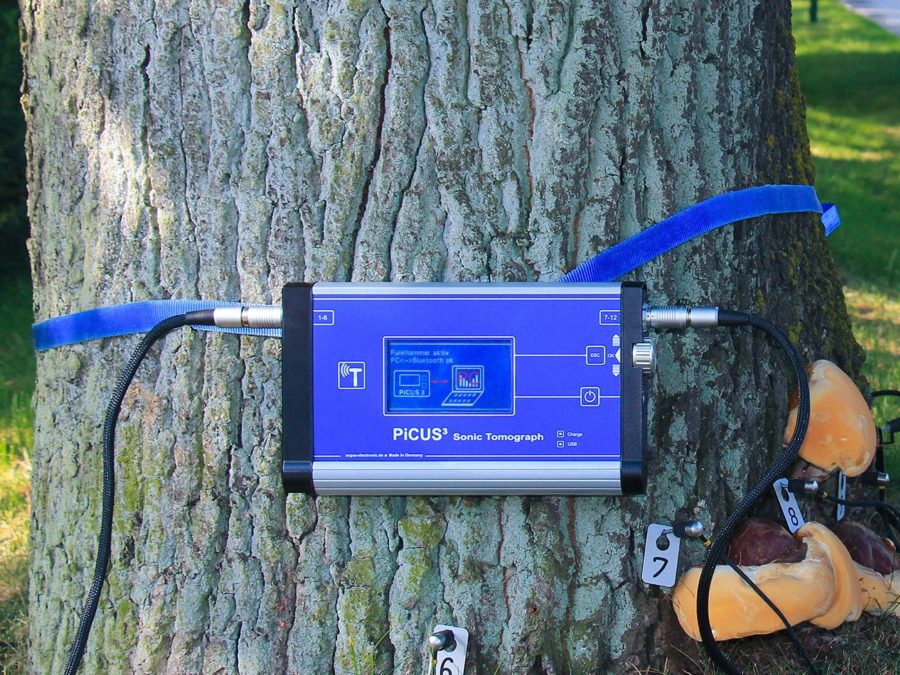
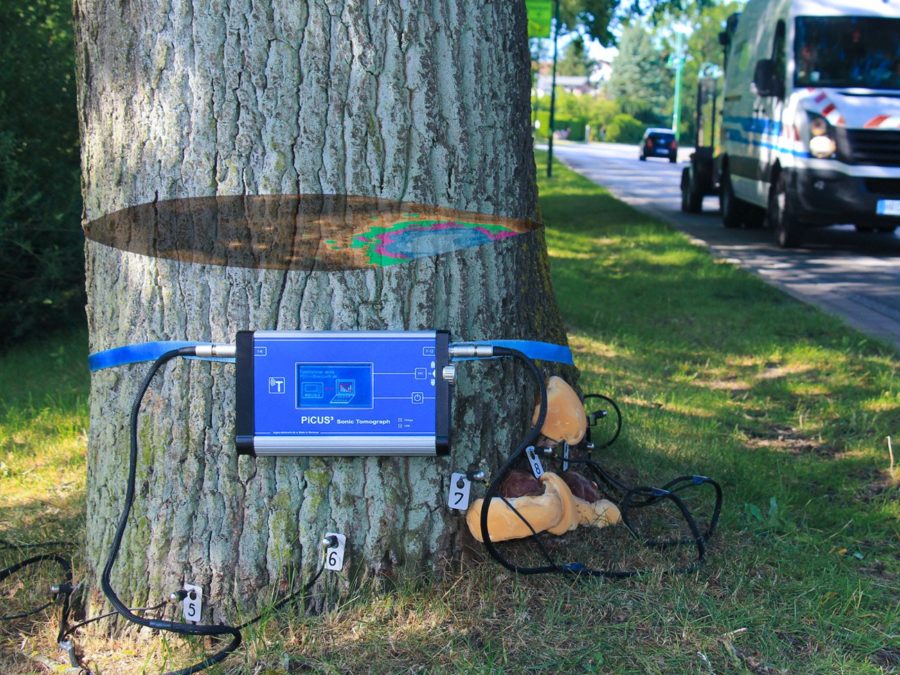
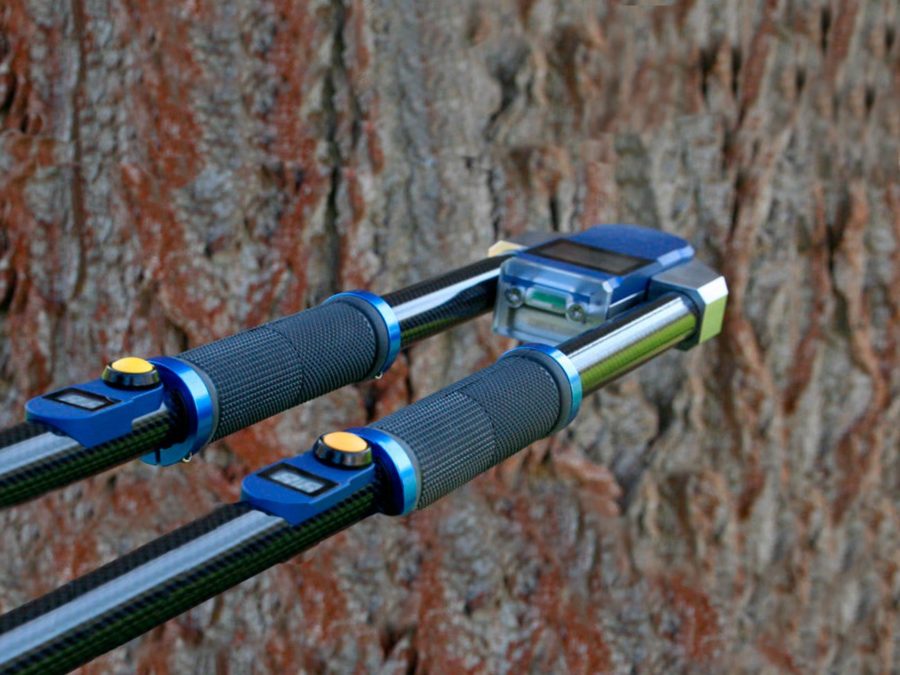
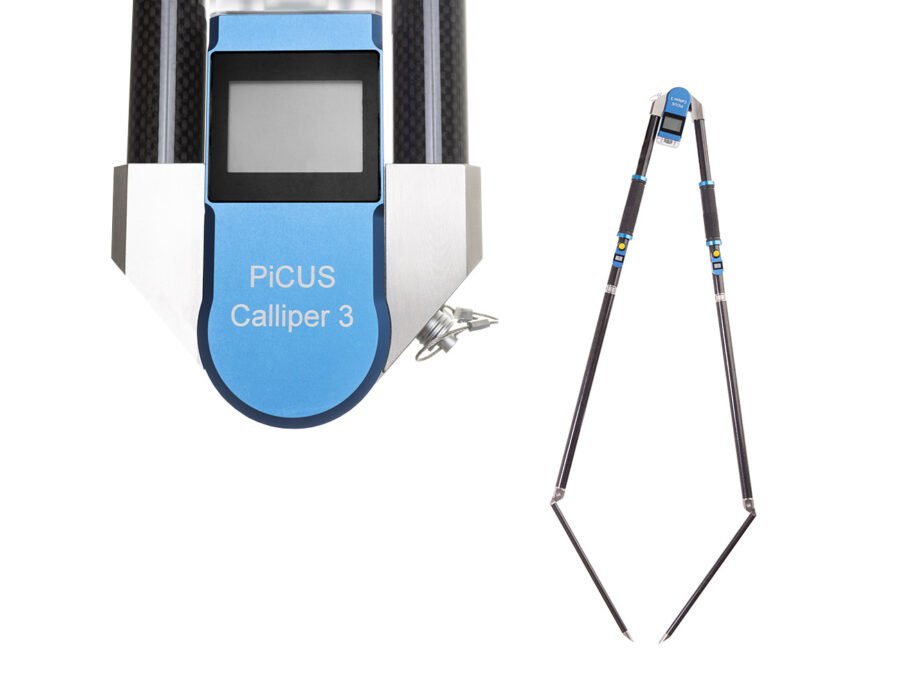
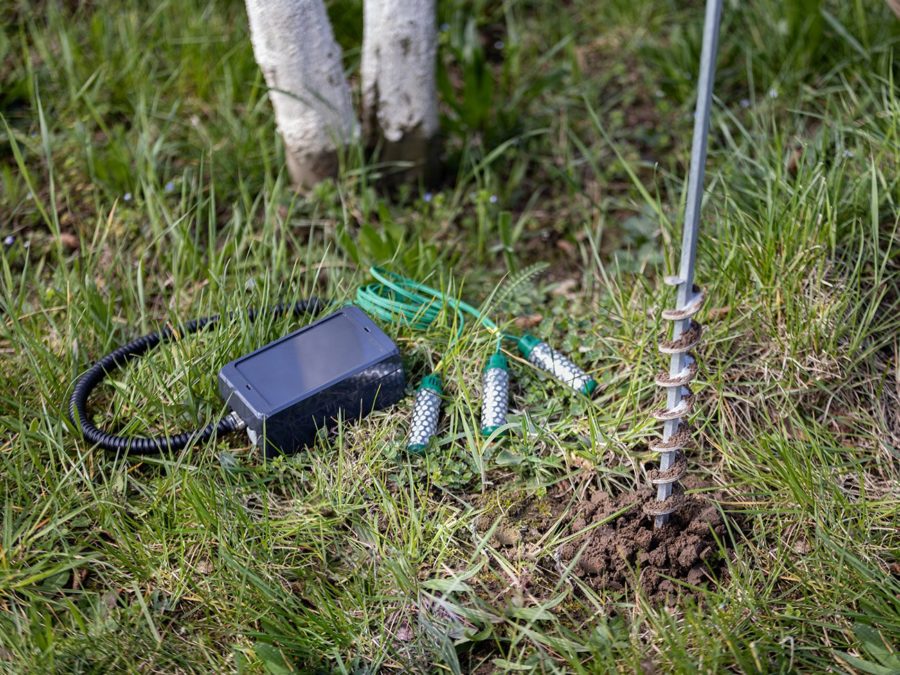
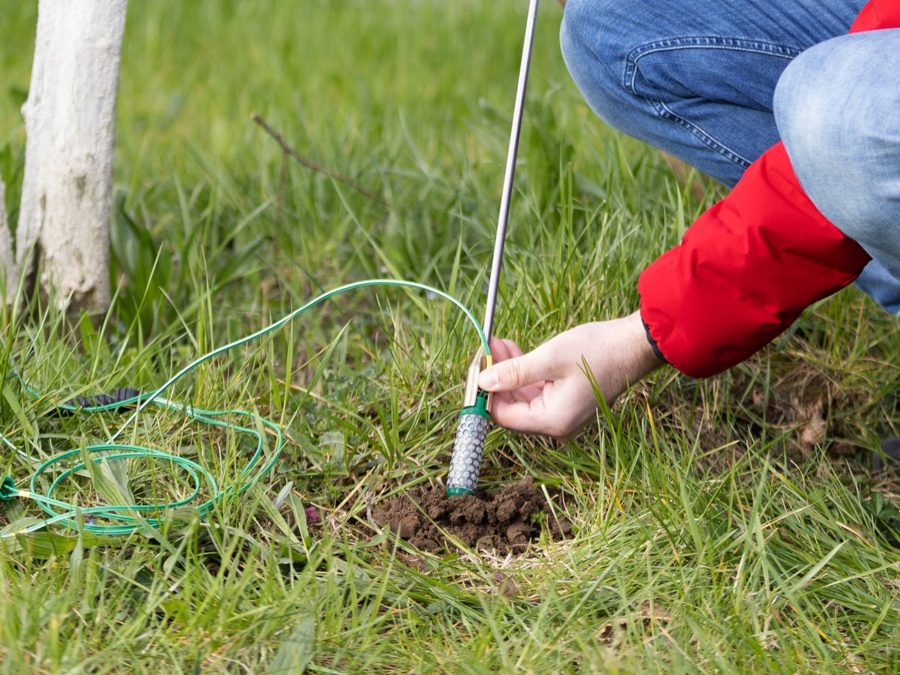
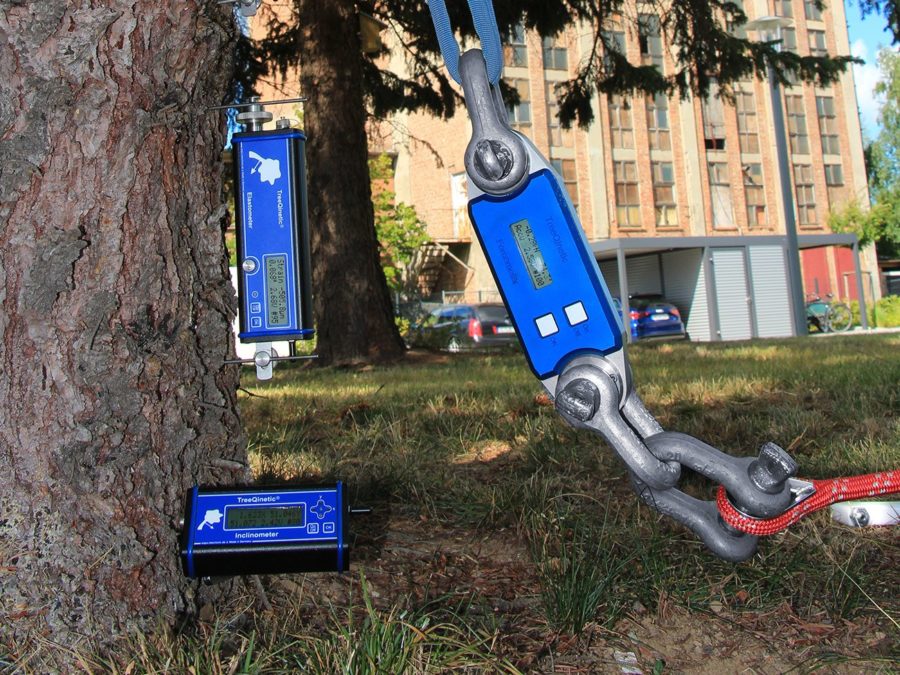
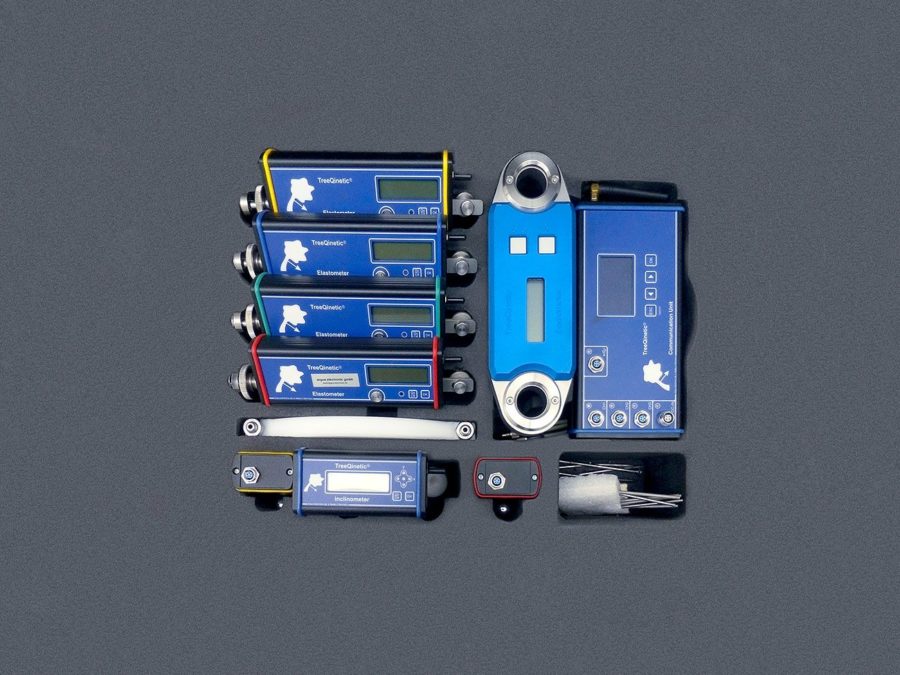
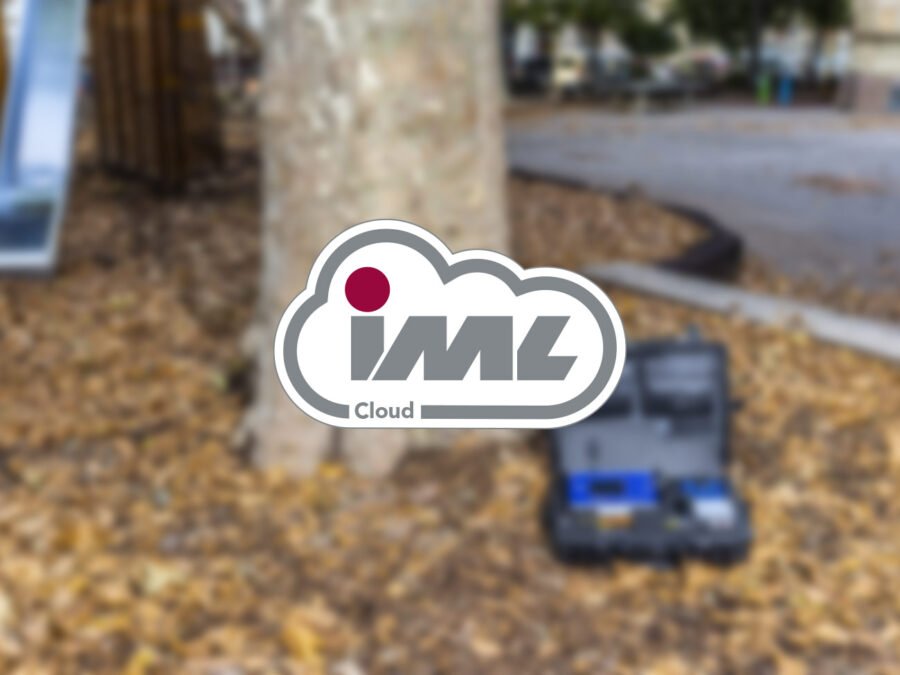
Reviews
There are no reviews yet.